Just like many fairytales, the Grand Hotel started from humble beginnings. In 1876, Josef Schwaiger opened the “Hotel Krone” in the former “Klampferhaus” on the peninsula that had been washed up on Lake Zell for centuries. After several changes of ownership, Carl Böhm from Linz and his wife Therese from Salzburg used the generated funds from their coffee house in Stuttgart to acquire the hotel in April 1887. They renovated and extended the hotel in several building stages until it finally achieved its current form and facade. In May 1896 his work was finally finished. Carl Böhm gave his impressive work a new name: Grandhotel am See.

An age steeped in history
In the place where the lake and mountains smile at one another,
time stood still in a wonderful moment of new ideas,
light-heartedness and happiness in life.
Imperial and royal meeting point
The “Grand” quickly developed a name for itself as an imperial luxury residence, as it had a significant advantage in the rapidly growing hotel industry in Zell am See: the imperial location directly on the lake with panoramic views of the Upper Tauern and Steinernes Meer, a visionary hotelier, who always had his finger on the pulse due to his long journeys and lively curiosity – and the unique friendliness of the many Grand Hotel employees. The hotel quickly became an imperial and royal meeting point for the rich and beautiful, and established itself as the favourite place for many prominent guests from home and overseas, from princes to ministers, politicians and industrialists.
Belle Epoque
The hotel flourished for a second time under Carl Pischkittel and his successors. The outbreak of the 2nd World War was followed by troubled times with American occupation, a brief reassignment as an American university and two fires that severely damaged the former luxury hotel.
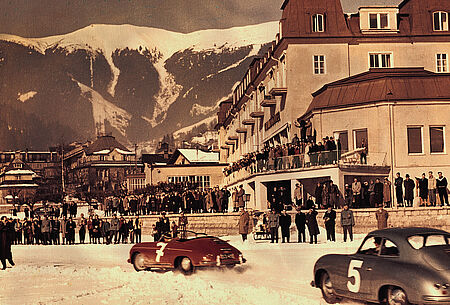
Winter tourism
In 1955, the dilapidated building was acquired for a symbolic schilling by Franz Gramshammer, a Tyrolean ski instructor. He invested in the Grand Hotel and restored it to its original purpose. Winter tourism had started to boom in Zell am See and the popular hotel again became a meeting point for famous political and artistic figures from Nikita Chruschtschow to Begum Khan. A flood in 1965 caused significant damage to the hotel and it was later sold to a Swedish time-sharing group in 1980. Through their intensive commitment, and with the support of the municipality of Zell am See, the Zell architects Dipl. Ing. Hans Waltl and Ing. Wilhelm Holleis, managed to prevent the planned reconstruction of the peninsula in Lake Zell – and the building had to rebuilt in the original Wilhelminian style.
Reconstruction
After only eleven months of building work, the building was restored to its former splendour as a suite hotel on a time-sharing basis. In 1990, the neighbouring Clima hotel was also acquired and connected to it via an underground passageway. However, the hotel concept did not function in the planned form and composition proceedings were launched in 1995.
Belle Epoque
The Holleis family with hotelier Dr. Wilfried Holleis acquired the Grand Hotel in the same year. Through its love of the Belle Epoque and the style of the Imperial Era, the Grand Hotel takes its guests on an exciting journey through time. There are many reminders of the golden early years of the Austro-Hungarian monarchy. Today, the hotel successfully preserves traditions with the flair of bygone days. This can be seen not only in the Kaisersaal restaurant, Imperial Café-Bar and new lakeside bar, but also in the GRANDSPA with wonderful panoramic views, the lavishly comfortable rooms and suites, and the guest-focused maxim: Our guests are not just kings; they should also feel like royalty at the Grand Hotel.



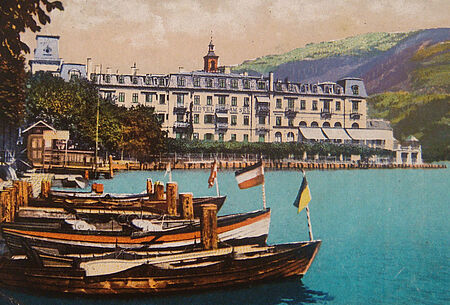
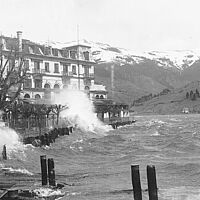
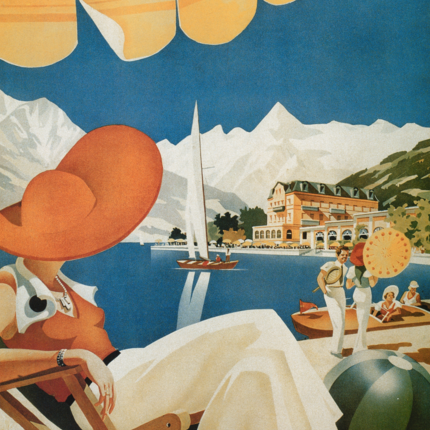


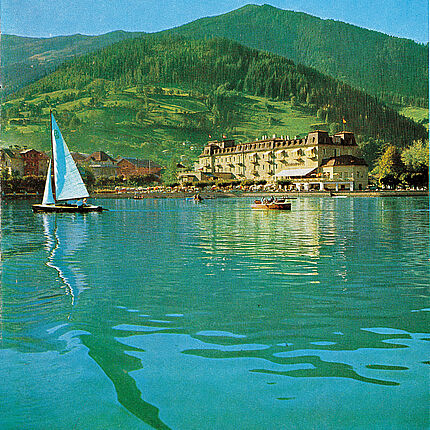
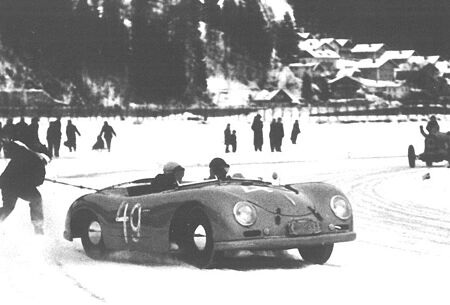

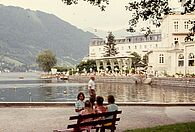


![[Translate to English:]](/fileadmin/_processed_/6/7/csm_grandhotel-07_2a8c8fc471.jpg)
![[Translate to English:]](/fileadmin/_processed_/3/c/csm_view-at-the-region-with-flowers_3ec48c5e9d.jpg)
![[Translate to English:]](/fileadmin/_processed_/f/1/csm_ruderboot-ausflug-am-zeller-see-mit-der-ganzen-familie---rowing-boat-tour-on-lake-zell-with-the-whole-family-c-zell-am-see-kaprun-tourismus_original_04a617d4f4.jpg)